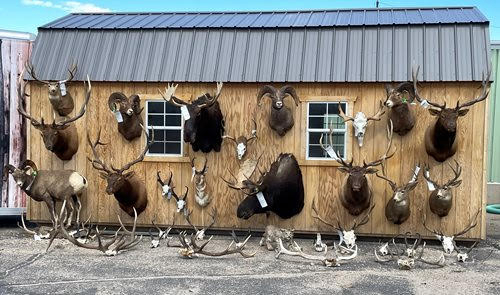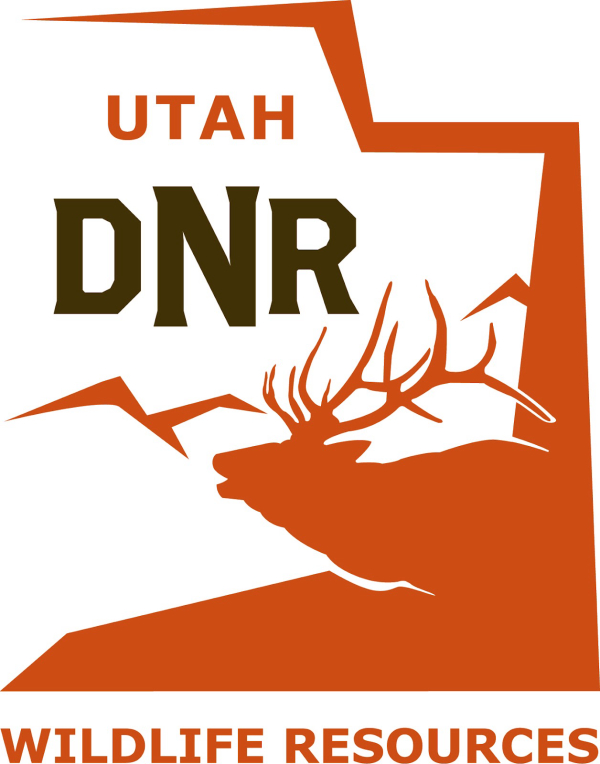Safe Hunting Above Ground
By Glen Wunderlich
Over the past week or so, I’ve been checking treestands for safety reasons and found several of them in need of work. One ladder stand that has been attached to a live cherry tree for years had become unsafe for several reasons: Straps holding the stand to the tree had broken and the ladder was suspended a few inches off the ground.
While choosing a live tree is paramount to safety, doing so presents safety concerns that should be addressed before the season. And, since archery deer season begins October 1st, here are a few other reminders to keep you safe.
* Choose a live, straight tree. Before the leaves begin falling in earnest, look for trees with leaves. Many standing dead ash trees are still in the woods – victims of emerald ash borers – so it behooves anyone to become acquainted with these potential dangers. In addition, make sure to look above before placing treestands or even ground blinds in the vicinity of standing dead trees or limbs prone to fall.
* Assemble your stand according to the manufacturer’s instructions and bring the instructions when you set up your stand to double-check as you go. Use a lineman’s-style belt or climbing belt—attached to the tree—during setup.
* Set up the stand with another person.
* Always inspect your stand to ensure everything is in working order. If a strap or rope is frayed, do not use the stand.
* Stay connected—always. Wear a full-body safety harness; whenever you are not touching the ground, use a lifeline. The vast majority of treestand accidents occur while climbing up or down or while installing stands. Always maintain three points of contact.
* Take advantage of YouTube videos from accredited sources such as the National Shooting Sports Foundation (NSSF), or Tree Stand Safety Awareness Foundation (TSSA). Learn the proper knots and practices thoroughly before heading afield.
* Carry a cell phone or two-way radio, and make sure someone always knows where you are.
* Never carry firearms or bows up and down trees. Always use a haul line to raise and lower all gear. Make sure your firearm is unloaded.
* Become intimately familiar with your bow or gun – especially the trigger’s safety. Keep the safety engaged until ready to shoot.
There are positive changes in the estimated number of falls that are occurring on a national level. Based on data available (2017), there has been a 28 percent decrease in the number of estimated falls requiring emergency department visits, while over the same period of time, there has been 7.1 percent increase in the number of licensed hunters nationwide.
Let’s keep the trend moving in this direction.






